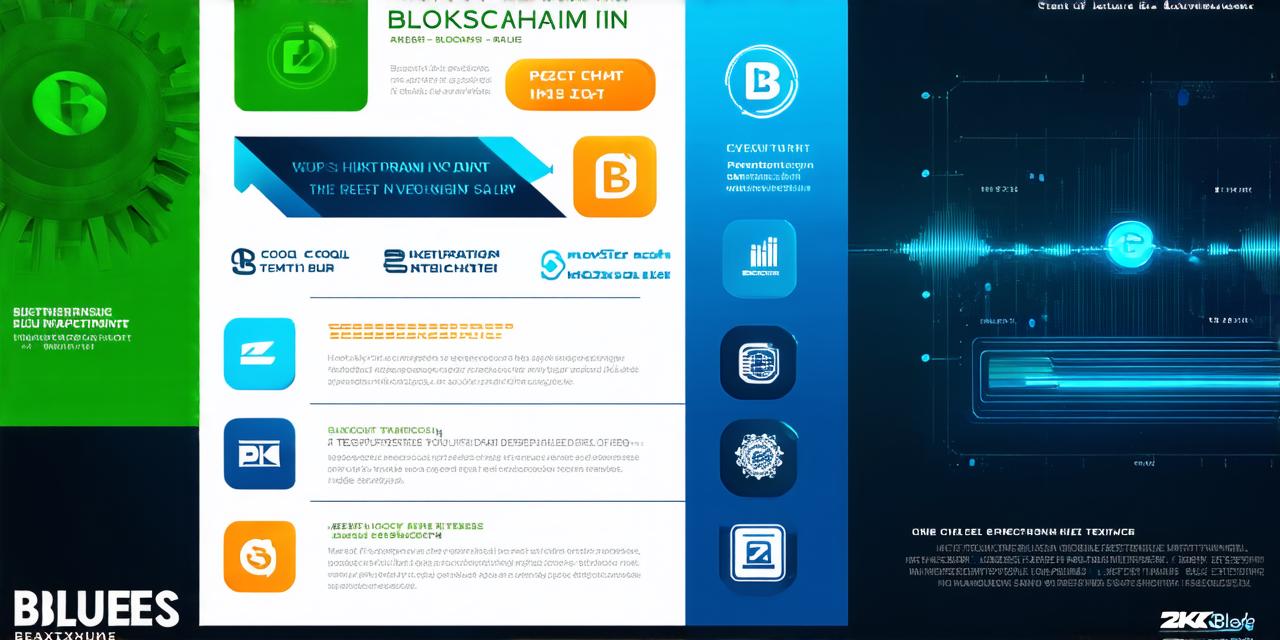Introduction
Blockchain technology is rapidly gaining traction in various industries, from finance and healthcare to supply chain management and voting systems. As a developer, you may be interested in learning how to analyze blockchain to gain a deeper understanding of this innovative technology. In this comprehensive guide, we will explore the key aspects of analyzing blockchain and provide you with practical tips and tools to help you get started.
What is Blockchain?
Before diving into the analysis of blockchain, it’s important to understand what it is and how it works. At its core, blockchain is a decentralized, distributed ledger that records transactions in a secure and transparent manner. It allows multiple parties to share data without the need for intermediaries or central authorities.
How to Analyze Blockchain: A Step-by-Step Guide
- Identify the use case for blockchain analysis
- Gather relevant data
- Analyze the data using blockchain analytics tools
- Identify key performance indicators (KPIs)
- Visualize the data using charts and graphs
- Draw conclusions and make recommendations
Real-Life Examples of Blockchain Analysis
Let’s take a look at some real-life examples of blockchain analysis to see how it can be applied in practice:

- Supply Chain Management
- Voting Systems
- Healthcare Records
Supply Chain Management
In the supply chain management industry, blockchain is being used to increase transparency and traceability of goods. By analyzing blockchain data, supply chain managers can identify bottlenecks in the supply chain, optimize inventory levels, and even prevent counterfeit goods from entering the market.
Voting Systems
Blockchain technology is being explored as a potential solution for secure and transparent voting systems. By analyzing blockchain data, election officials can ensure that votes are counted accurately and that the process is free from tampering or manipulation.
Healthcare Records
In the healthcare industry, blockchain is being used to store and manage patient records in a secure and decentralized manner. By analyzing blockchain data, healthcare providers can identify patterns in patient behavior and improve patient outcomes.
FAQs
What are some common challenges when analyzing blockchain?
Some common challenges when analyzing blockchain include the complexity of the data, the lack of standardization in blockchain technology, and the need for specialized skills and tools.
How do I choose the right blockchain analytics tool for my use case?
When choosing a blockchain analytics tool, it’s important to consider factors such as data volume, smart contract complexity, and the specific KPIs you want to track. Popular blockchain analytics tools include Chainalysis, Glassnode, and DappRadar.
Can I analyze public blockchains or is it only possible to analyze private blockchains?
It’s possible to analyze both public and private blockchains, although the process may differ depending on the level of access you have to the data. Public blockchains, such as Bitcoin and Ethereum, are open to anyone and provide a wealth of data for analysis, while private blockchains may require permission to access the data.
Conclusion
Analyzing blockchain is an essential part of understanding this innovative technology and its potential applications in various industries. By following the steps outlined in this comprehensive guide, you can gain a deeper understanding of how to analyze blockchain and make informed recommendations for improvement. Remember that blockchain analysis requires specialized skills and tools, but with the right approach and mindset, it’s possible to unlock the full potential of this technology.
